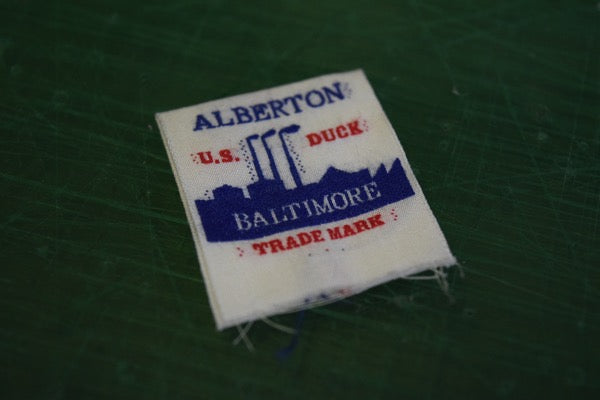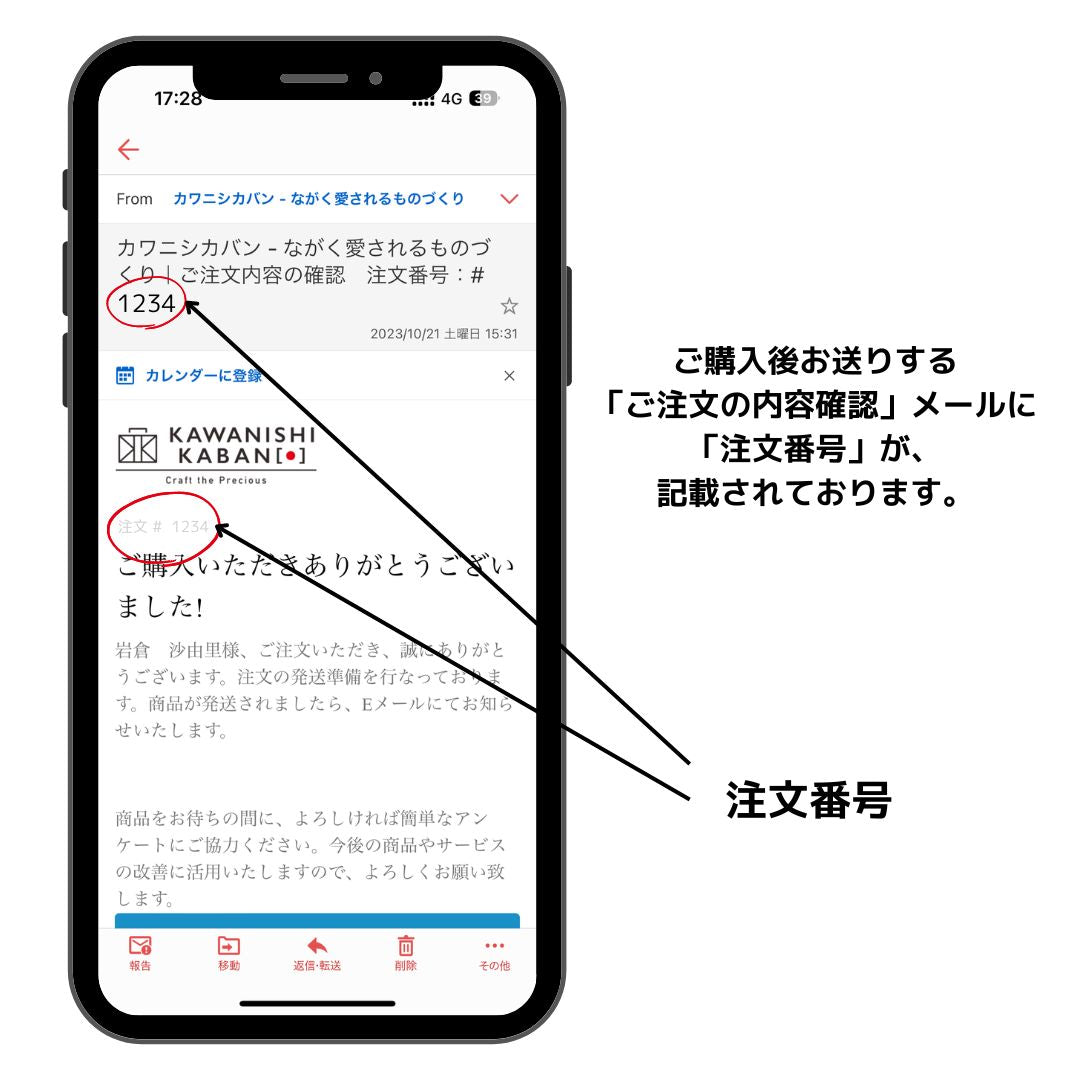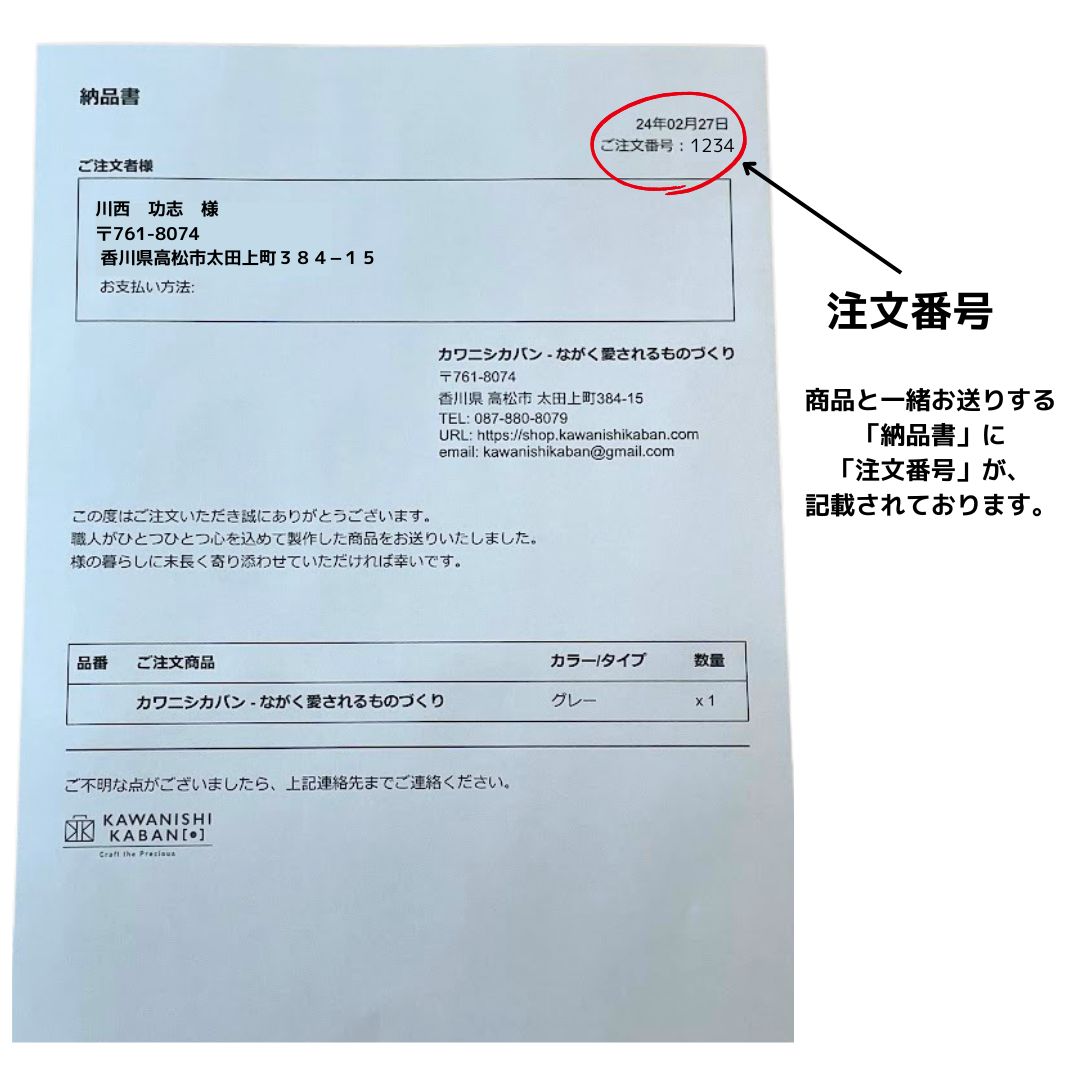ALBERTON high density army duck
I was able to get my hands on something called ALBERTON duck.
It's made of cotton duck fabric, which is high density and feels really nice, so I'd like to introduce it to you.
What is ALBERTON?
ALBERTON is a fabric brand.
These fabrics are mainly duck fabric, which has long been used in America, and are produced in factories in Japan.
Among them, the vintage line, army duck fabric, is particularly noteworthy!
In order to reproduce the weaving standards of that time, which are no longer possible to replicate in America today, we use the same looms as back then and produce our products based on the documents from that time!
When I first heard it, it was so amazing that I laughed.
The origin of the name ALBERTON
Source: Google Maps
In the 1830s, textile factories began to line the rivers along the east coast of the United States.
The Patapsco River basin in Baltimore, Maryland was no exception, with textile factories lining the area, and the surrounding city of Baltimore prospered in the aftermath of the Industrial Revolution.
And this textile factory area was called ALBERT.
However, the name was sadly lost in 1938 due to the prolonged Great Depression, but until then it was a region that supported America's textile industry.
It is said that ALBERTON was named after this.
The West Coast is known for denim, but perhaps duck was more developed on the East Coast.[/voice]
ALBERTON Army Duck
Army duck is a fabric made to military specifications.
Both the warp and weft threads are made from five strands of No. 18 yarn, and are woven at a high density on a special loom.
Because it is quite dense, the fabric itself is difficult for water to pass through, so the dye does not penetrate deep into the fibers, and the inside tends to remain white, like denim.
As the color fades, some white parts will appear, which will give it a nice texture.
ALIZARIN Dyed Processing

In order to take advantage of the thick, high-density characteristics of army duck, we have deliberately avoided using the dyeing methods that are currently mainstream, and instead have reproduced a dyeing method called ALIZARIN Dyed that appears in documents about pre-war duck fabric.
Of course, we do not use azo dyes or specific aromatic amines, which have become problematic in recent years!
ALIZARIN Dyed is a technique established in Germany in 1884.
You can enjoy the vintage colors and texture of the materials from that time.
I think the colour is very beautiful.
Paraffin wax processing

Paraffin wax processing is a processing method whose mass production technology was established in 1848 and is still in use today.
It is still the most popular waterproofing treatment for cotton!
I tried sewing it


A close-up of the fabric and what it looks like when actually sewn.
It's a crude photo, but I think you can still see how fine the texture of the fabric is.
The fabric this time was off-white so it was hard to tell, but the bobbin thread didn't come out very nicely.
It comes out nicely with nylon, but with canvas or duck fabric the bobbin thread just never comes out nicely.
Therefore, it may be better to choose a bag with a design that allows the upper thread to be visible as much as possible.
The tag looks good

ALBERTON is a fabric brand, so it has a separate name.
This has a really nice texture, and the name tag is a woven name tag made on a power loom, which is also an old loom!
This name tag is quite expensive. I really like it even though it's sweaty.
summary
I actually know the person who makes the ALBERTON duck that I introduced this time, so he taught me a lot about it.
The fabric itself is very good and doesn't have that roughness that is typical of American clothing.
My impression is that even though a vintage loom was used, the finished fabric has a beautiful grain.
So I think the finished bag will turn out really nice.
SHARE:






